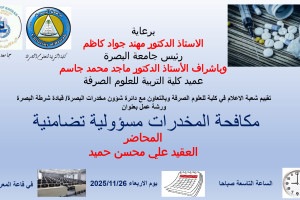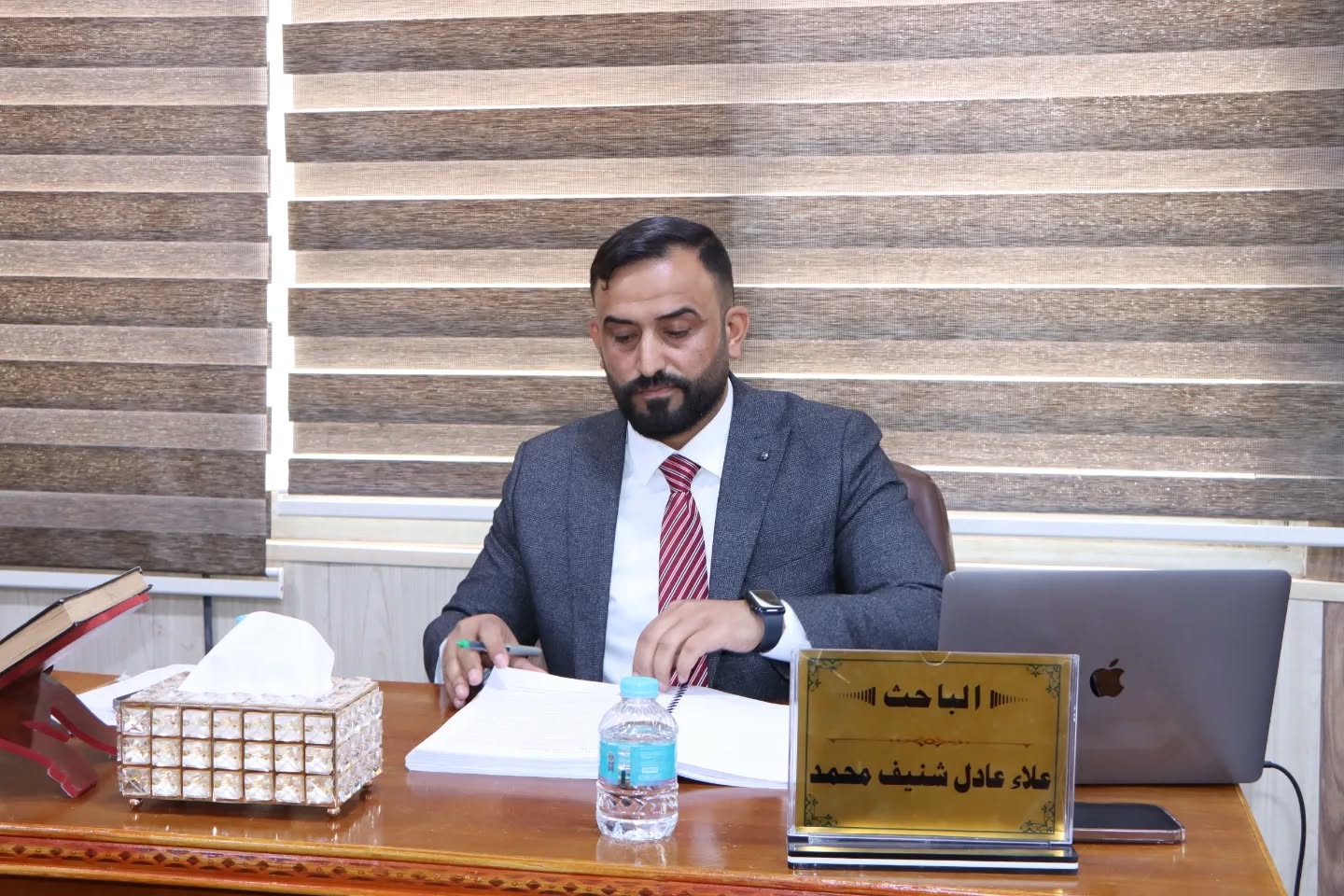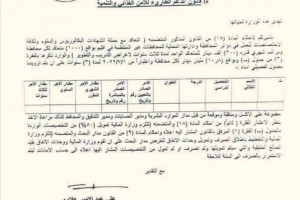
The College of Education for Pure Sciences, Department of Physics, has submitted a doctoral thesis on electron transport through synthetic molecules in the presence of electron-phonon coupling. The thesis, presented by researcher Alaa Adel Sheneef, included:
In this study, a quantum dot device similar to a benzene molecule coupled to a phonon bath was proposed. To study electron transport through synthetic molecules in the presence of electron-phonon coupling, a time-dependent theoretical treatment and a steady-state model were derived based on the strong coupling model for all molecules considered in our study. Electron-phonon coupling and phonon energy were taken into account using the adiabatic approximation. For both time-dependent and steady-state treatments, the system of coupled equations was solved numerically. Extended dynamic calculations were performed for the bar, meta, and ortho distributions. The time evolution of the state was examined for each quantum dot, the donor and acceptor, and the phonon number. Dynamical processing enabled us to calculate the heat generation and phonon number, which can be exploited in molecular thermoelectric applications. The energy gap was calculated and controlled using electron-phonon coupling and phonon energy for all distributions. The electronic and transport properties of the benzene-like quantum dot molecule and for all distributions in the presence of a phonon bath were theoretically modeled and calculated. The thesis addressed transport property calculations, including current, conductivity, noise, and the Fano factor. All parameters relevant to practical applications were considered and focused on to determine their relationship with the phonon coefficients in determining the phase-shift state. The role of molecular twist was also investigated through an extensive theoretical study of the electronic and transport properties of quantum dot molecules such as biphenyl. It was found that twisting the second cell of the quantum dot-biphenyl molecule reduces the Fano factor. Our calculations were performed for different twist angles and different distributions to support our physical conclusions about enhanced and unenhanced transport properties

 .
.







